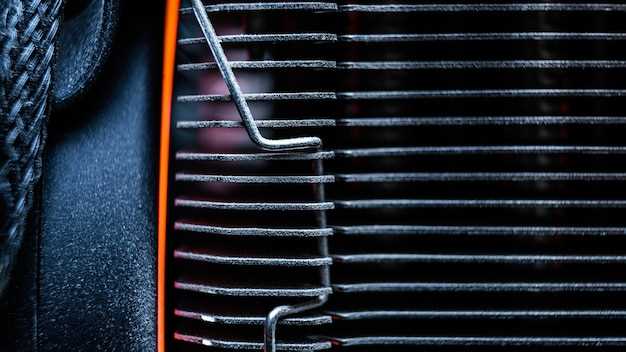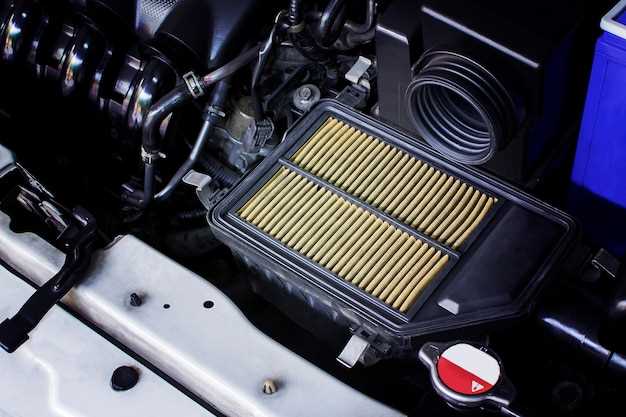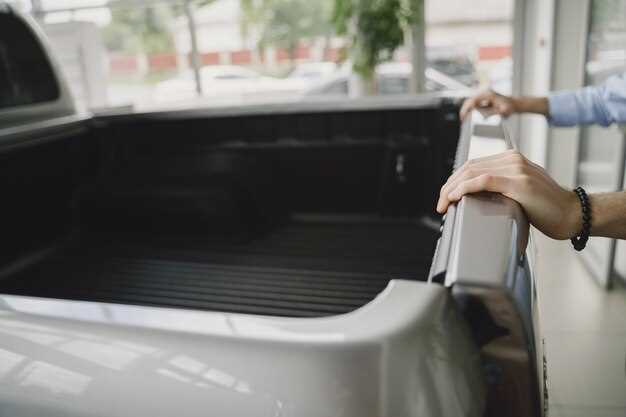
Maintaining the performance and comfort of your BMW vehicle goes beyond just engine care; it also includes the replacement of essential components like the cabin air filter. The cabin air filter is crucial in ensuring that the air you breathe inside your car is clean and free from pollutants. Regular maintenance of this filter not only enhances air quality but also protects the heating and cooling systems from dust and debris.
Over time, the cabin air filter can become clogged with particles, reducing its effectiveness and leading to unpleasant odors or decreased airflow. Therefore, replacing the cabin air filter is an essential part of your vehicle’s maintenance routine. This guide will provide a detailed, step-by-step approach to help you replace the cabin air filter in your BMW, ensuring a cleaner cabin environment and better performance of your vehicle’s interior air system.
Whether you are a seasoned DIY enthusiast or a BMW owner tackling your first maintenance task, understanding the process of cabin air filter replacement is vital. With the right tools and instructions, you can easily accomplish this task and contribute to the overall longevity of your BMW. In the following sections, we will break down each step, making the replacement process straightforward and manageable.
Identifying the Right Cabin Air Filter for Your BMW Model
Choosing the correct cabin air filter is essential for maintaining the air quality inside your BMW. Different models may require specific filters due to varying designs and features. To ensure optimal performance, start by consulting your owner’s manual for the manufacturer’s specifications regarding the appropriate filter type.
There are generally two types of cabin air filters available: charcoal and particulate. Charcoal filters are designed to trap odors and harmful gases, while particulate filters focus on capturing dust, pollen, and other particulates. Depending on your driving environment, you may opt for one over the other or choose a combination filter that serves both purposes.
When selecting a filter, pay close attention to the compatibility with your specific BMW model and year. Filters may differ in dimensions, shape, and features; using the wrong filter can lead to inadequate performance and potential damage over time. Always verify the part number to ensure you are purchasing the correct filter.
Additionally, consider the filter’s quality. Opting for a high-quality or OEM (Original Equipment Manufacturer) cabin air filter can significantly enhance your vehicle’s air circulation and filtration efficiency, ensuring a cleaner and healthier cabin environment.
Regular maintenance of the cabin air filter is vital. It is recommended to check and replace the filter every 15,000 to 30,000 miles or at least once a year, especially if you frequently drive in polluted areas. Frequent changes help maintain optimal airflow and remove allergens, enhancing overall comfort during your drives.
Step-by-Step Instructions for Removing the Old Filter

To begin the process of replacing the cabin air filter in your BMW, first ensure that you have the necessary tools available, such as a flathead screwdriver and a replacement filter. Safety glasses are also recommended.
Locate the cabin air filter compartment. In most BMW models, this is situated behind the glove box. Open the glove box and remove any items inside to access the filter area.
Next, you may need to detach the glove box. Look for the limit stops on both sides of the glove box. Carefully push these stops inward to release the glove box from its hinges, allowing it to hang down freely.
Once the glove box is out of the way, locate the cover of the cabin air filter. This cover may be held in place with clips or screws. If there are screws, use a screwdriver to remove them, while for clips, gently pry them away using your fingers or a flathead screwdriver.
With the cover removed, you will see the old cabin air filter. Grasp the filter by its edges and pull it out carefully to avoid any debris falling into the cabin air system.
Inspect the old filter for any signs of damage or excessive dirt. Ensure the filter is completely removed before proceeding to install the new one.
Dispose of the old filter properly. Do not attempt to reuse it, as a dirty filter can impair the air quality inside your vehicle.
With the old filter removed, you are now ready to install the new cabin air filter, ensuring the airflow direction is correctly aligned with the arrows on the filter.
Installing the New Cabin Air Filter and Ensuring Proper Function

Once you have the new cabin air filter specifically designed for your BMW, it’s time to proceed with the installation. Begin by locating the cabin air filter compartment, usually found behind the glove box or under the dashboard.
Carefully remove the cover of the compartment, making sure to keep any clips or fasteners. If needed, consult the BMW manual for guidance on accessing the filter housing. Once opened, you can see the old filter positioned within.
Gently pull out the old filter, noting its orientation, as this will help in installing the new one correctly. Inspect the filter housing for any debris or dirt; clean it if necessary to ensure optimum flow of air.
Now, take your new cabin air filter and insert it into the housing. Ensure that it fits snugly and is oriented in the right direction to facilitate proper air flow. Most filters will have an arrow indicating the correct airflow direction, which should align with the vehicle’s air intake.
Once the new filter is securely in place, replace the compartment cover, making sure all clips and fasteners are secured. This step is crucial to prevent any air leaks that could diminish the filter’s effectiveness.
After installation, turn on your BMW’s ignition and activate the air conditioning system. Check for any unusual sounds or air flow inconsistencies. A properly installed cabin air filter should allow for smooth and efficient circulation of air without obstruction.
Finally, keep track of when the filter was replaced and schedule regular maintenance checks. This ensures that your BMW continues to maintain high air quality in the cabin, providing comfort and health benefits for all passengers.



